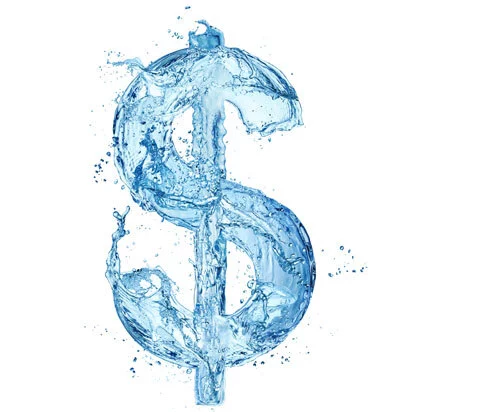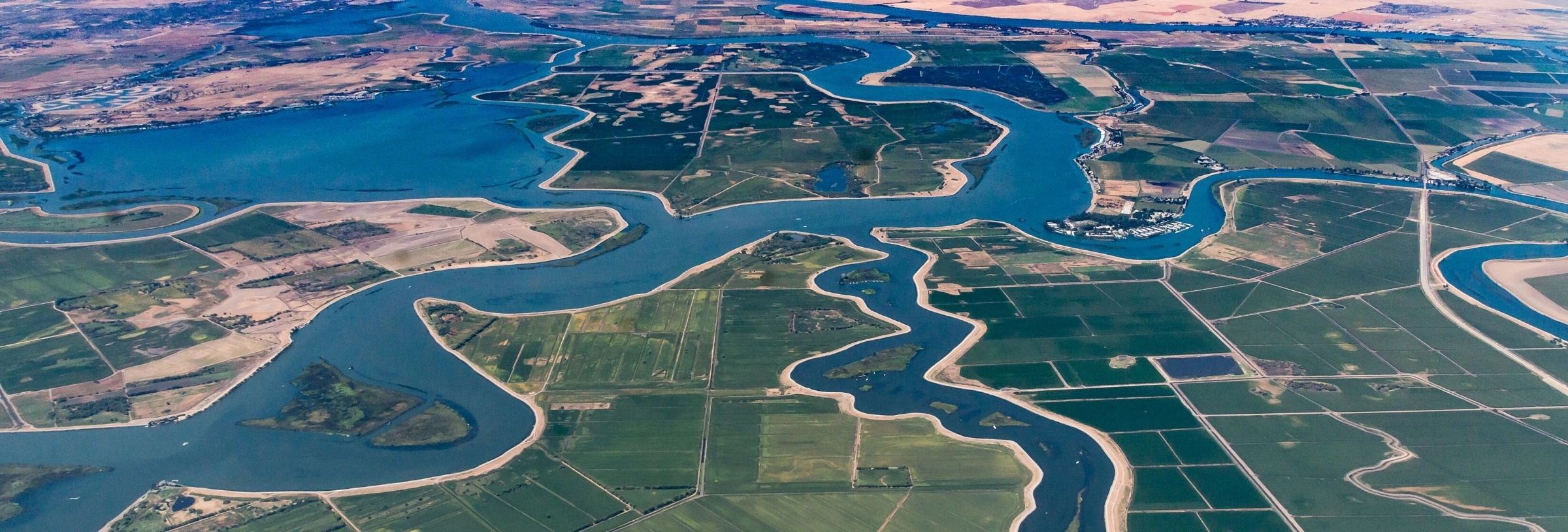
On September 6, 2024, EPA announced $7.5 billion in available loan funding through the Water Infrastructure Finance and Innovation Act (WIFIA). From that total, $6.5 billion is available through WIFIA loans and $1 billion is available through the State Water Infrastructure Financing Authority (SWIFIA).
Background
WIFIA was established in 2014 and SWIFIA was authorized in 2018. EPA provides a variety of resources on its WIFIA website, including a one-pager detailing WIFIA, details on the loan process, and a program handbook that includes a substantial amount of information.
The WIFIA program has issued over 100 loans for $20 billion dollars. Roughly one-third of the loans (46 in total) have been issued to parties in California. Further, there are 65 pending loans, 21 of which are for California.
Qualifying for a WIFIA Loan
The application process for a WIFIA loan can be accessed by nearly anybody, including governments, public-private partnerships, and Clean Water and Drinking Water State Revolving Fund programs. Conversely, SWIFIA loans are more limited in types of applicants and are limited to State infrastructure financing authorities, which the program defines.
The types of projects eligible for a WIFIA loan are also quite broad, including drought prevention, reduction, or mitigation; desalination; aquifer recharge; alternative water supply; and water recycling projects. Eligible project types also include projects that may not initially come to mind for this type of loan, including acquisition of property that is essential to another project or will mitigate the environmental impact of another project and enhanced energy efficiency projects at drinking water and wastewater facilities. As with applicant types, SWIFIA project types are more limited as the project must be one submittal of combination of projects eligible for assistance under particular sections of the Federal Water Pollution Control Act or the Safe Drinking Water Act.
The eligible development and implementation activities for WIFIA loans are also detailed and cover the development phase, construction, mitigation, and capitalized interest.
WIFIA Loan Features
WIFIA and SWIFIA loans include some features which make them attractive options, including an available up-to-five-year deferral on a borrower’s first payment, the breadth of covered activities as discussed above, streamlining funding, interest rate resets, and customizable repayment schedules.
The loans also come with a $20 million loan limit (for WIFIA loans, communities with 25,000 or fewer people have a $5 million limit), the loans can only cover up to 49% of the total eligible costs; require creditworthiness and a dedicated source of revenue, and other limitations.
Focuses in This Application Period
EPA announced that it would be focusing on the following areas in this round of funding:
- Increasing investment in disadvantaged communities and improving health and livability.
- Making rapid progress on lead service line replacement.
- Addressing PFAS – known as “forever chemicals” – and emerging contaminants.
- Strengthening climate resilience in the water sector.
- Supporting water innovation and resilience.
Next Steps
EPA provides details on how to apply for WIFIA loans in addition to the information discussed above.
It also lists upcoming events. The next two are an event on how to apply for a WIFIA loan, which is on October 8, 2024, from 11-12 PST and WIFIA office hours on October 9, 2024 from 12-1 PST.
- Associate
Alex Van Roekel provides counsel to clients on state and federal water law issues, including compliance with statutory and regulatory requirements, litigation strategy in both state and federal court and public policy within the ...
California Water Views provides timely and insightful updates on the water sector in the state. We relay information on how water legislation and policy from the nation’s capital, Sacramento, and around the U.S. affect California’s water utilities, agencies, practitioners, and consumers. We also write about important events, conferences, legal cases, and other key happenings involving all things water in and around California.
Stay Connected
 RSS Feed
RSS Feed
Categories
- Clean Up of Groundwater & Contaminated Media
- Climate Change
- Coastal Development
- Construction
- COVID-19
- Dam Construction, Operation & Removal
- Desalination
- Environmental Protection Agency
- Events
- Government Administration
- Groundwater Management & SGMA
- Inverse Condemnation & Regulatory Takings
- New Legislation
- Oceans, Marine Life & Maritime Transportation
- Project Construction
- Projects
- Public Agency Regulation
- Recycled Water
- Regulatory Reform & Proposed Rules
- Right to Take
- Valuation
- Water Infrastructure
- Water Litigation
- Water Quality
- Water Rights
- Water Supply
- Water Utility Regulation

